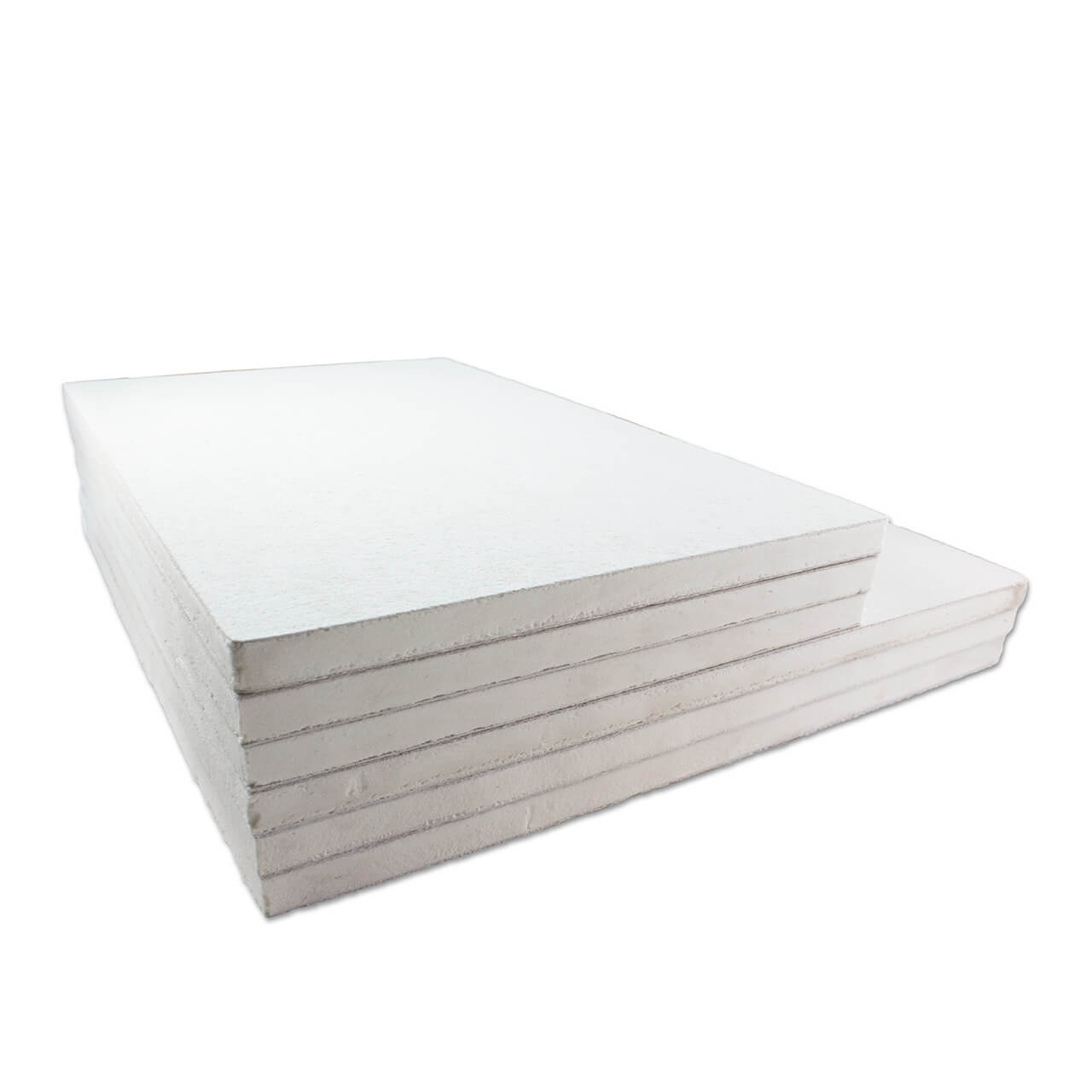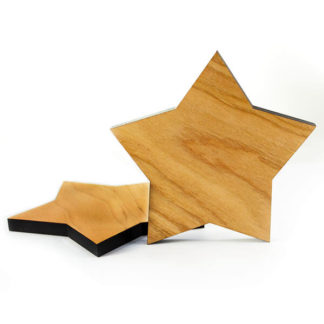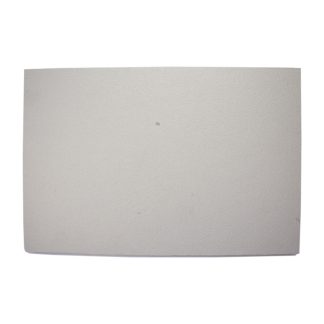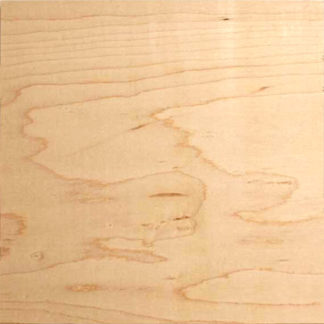Description
Foam-Core Mosaic Backer Board is 1/2-inch foam core backer manufactured by Johns Manville and branded as “GoBoard” that has been hand-cut to size. Dimensions can vary by approximately 1/16-inch. The edges are unfinished cuts, which can be painted with a neutral color of acrylic paint our enclosed by a frame, such as can be made with miter-cut wooden molding.
The faces of some boards may have small imperfections or printing from the factory, but these will be covered by the mosaic.
Foam-Core Mosaic Backer Board JM GoBoard
- Material: polyisocyanurate foam laminated with fibreglass facing
- Dimensions: as stated
- Tolerance: within 1/16 inch of nominal dimensions.
- Thickness: Nominally 1/2 inch, exact is 15/32 of an inch
Backers for Mosaic Art Projects
Using Foam-Core Mosaic Backer
May irritate skin; wear nitrile gloves while handling if you have sensitive skin.
This material is more rigid than plywood or MDF and has been rated for use in wet locations such as showers. It should NOT be used in permanently-submerged installations such as pools or bird baths. It should NOT be used for floor-mounted mosaics in areas with even semi-frequent foot traffic, unless you use durable tiles and it is supported with a proper sub-floor. Not for commercial installations. We would recommend the smaller cut pieces we sell to be used as plaques for mosaic wall art, or for a light-duty installation like the inset top of a small decorative end table. The main advantages this material has over plywood backers is the lighter weight, and suitability for use in humid environments.
Make sure that your tile doesn’t stick out beyond the edge of the backer, which would make it particularly vulnerable to being knocked loose or chipped by random blows over time.
Indoor Vs Outdoor Mosaics
Outdoors
This material should NOT be used as a base for mosaic stepping stones. It’s rigid, but not strong enough to be walked on without a proper subfloor beneath it.
Indoors
Indoor wall-art mosaics can be made using this material instead of plywood to save weight. For dry indoor installations, the tiles can be mounted using a white PVA adhesive such as Weldbond and then grouted.
How To Make Mosaic Art
For more advice on designing your mosaic project or mounting, cutting, and grouting tile, please see our page of Mosaic Frequently Asked Questions or our Mosaic Information Guide, which lists instructional pages described by topic. We also post new articles about making mosaics at our How to Mosaic Blog.



